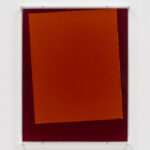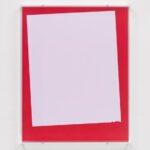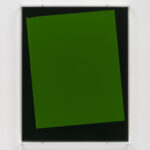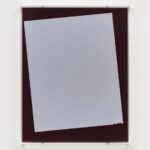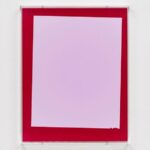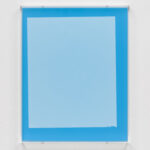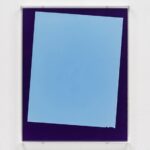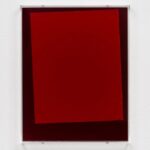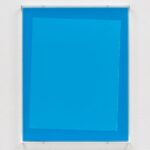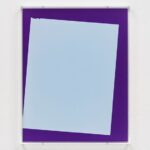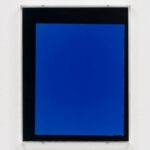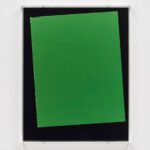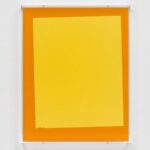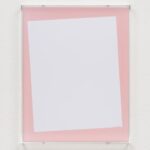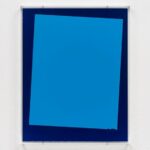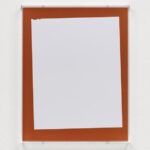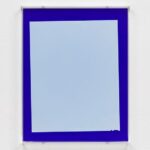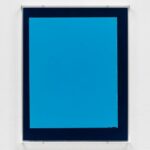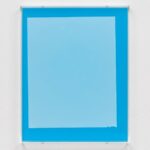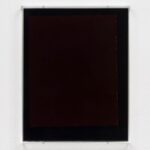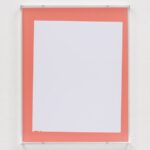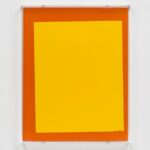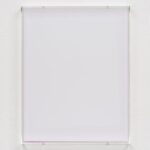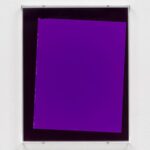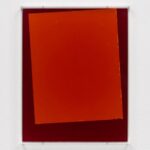Ebbe Stub Wittrup After Matyushin’s Guide to Color
EBBE STUB WITTRUP
After Matyushin’s Guide to Color, 2011 – 2014
C-print, 30 x 24 cm, framed in a plexi box, unique in a series.
In Ebbe Stub Wittrup’s artistic practice the photographic medium is combined with scientific theories, historical and mythological references that enable our conception of the supernatural to the test. The works related to actual places and often posses an extra layer of meaning that can be linked to the unknown.
The series After Matyushin’s Guide to Color has been created on the basis of an unexplained event. The unique photograms are induced from a film without a single exposed image. The film was taken on a journey to the fabled archipelago Hebrides, specifically the island of Harris, which has been the scene of mysterious events since the 1600s. According to numerous reports, several people have disappeared, while staying on Harris, just to return again decades later without having aged a day. These events have since found their way into the world of fiction, through legends, literature and plays. Stub Wittrup’s intention was to photograph the distinctive landscape as a symbol of the island’s history. During the induction of the film it turned out, however, that none of the photographs had been exposed, but only the complementary colors to the film – a dusty grey / blue tone. Thus, there was inexplicably arisen a photographic print, despite the fact that the photographic film was sealed from the environment.
The work’s title refers to the Russian color theorist Mikhail Matyushin’s treatise from 1932 on colors, in which Matyushin describes his ideas on a fourth sensuous dimension, somewhere between sound and color. Matyushin divides the colors into a system consisting of three color rows where each color affect each other and in interaction, works differently to the viewer. Matyushin’s fourth dimension is a metaphor for photo runtime alternative printing process in an unpredictable interaction between colored lights in a darkroom, the analogue photosensitive paper and the photographic chemistry.
By deselecting a traditional rendering of the destination, Stub Wittrup is instead following the imprint or the track of more subtle relationships between place, documentation, mythology and perception.
The series has been presented at ARoS at Stub Wittrup’s solo exhibition The Third Room in 2014. The following year, the series was shown at Gl. Strand during the exhibition Stafetten, with, among other SUPERFLEX, Per Bak Jensen, Jeannette Ehlers and Emil Westman Hertz.

